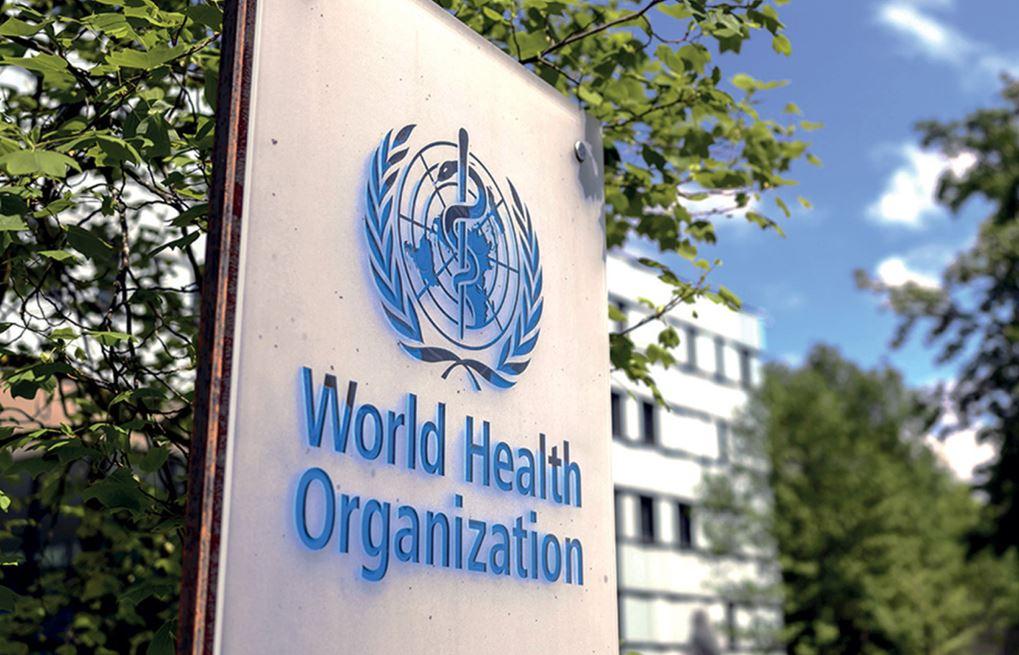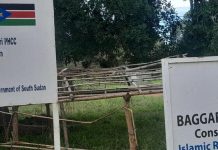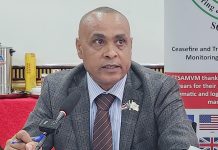Africa-Press – South-Sudan. The World Health Organisation has said multiple challenges emanating from natural disasters, conflicts, and insecurity are straining the country’s healthcare system.
This is the key takeaway from an annual report launched on Wednesday by the World Health Organisation in South Sudan.
On Wednesday, WHO released a report titled South Sudan Annual Report 2021 that focused on some diseases that remain a challenge for the population in the country.
The report said communicable diseases, including Neglected Tropical Diseases (NTDs), constitute a significant public health concern, while Non-Communicable diseases (NCDs) are on the rise.
It also raised a concern about mental health disorders that are affecting the population in humanitarian settings yet coverage and utilisation of essential interventions for women, children and adolescents’ health remain low.
“Despite the efforts communicable disease tracking and access to basic health services, including mental health, remain a challenge. Combined with limited resources and human capital,” the WHO report states.
Key Figures
The report reveals that the overall general service availability score is low at 30.4 per cent, with the health infrastructure and service utilisation indices at 43.2 per cent and 15.05 per cent, respectively. The health workforce stock is far below the recommended to attain universal health coverage.
According to the report, the Health sector allocation of the national budget has remained below 2 per cent for the last five years, with the country disproportionately depending on development assistance for health at over 70 per cent of its total health expenditure.
However, it said despite these challenges, overall health sector policies and strategies are in place as well as several sub-thematic strategies and guidelines.
“The health sector budgetary allocation has increased to 7.9 per cent of the national budget for the 2021/2022 fiscal year.”
Leading causes of illness
Sexually transmitted diseases such as chlamydia, gonorrhoea, syphilis, and trichomonas are prevalent in South Sudan. STIs have been associated with poor pregnancy outcomes.
In response, WHO integrated STIs into HIV service delivery methods and packages to increase access to comprehensive HIV/STI/Hep services at the primary health care level.
Tuberculosis
According to the report, multidrug and rifampicin-resistant tuberculosis (MDR/RR-TB) was detected in 4.6 percent of TB incident cases. Only 83 (or 7 per cent) of the predicted 1,196 new multidrug-resistant tuberculosis (MDR-TB) cases were diagnosed.
WHO has improved case identification, diagnosis, and therapy for MDR-TB. This involved increasing MDR/RR TB treatment facilities and adding to the capacity of an existing facility.
Hepatitis
The report states that only one per cent of patients living with Hepatitis B infection are aware of their condition, and only 0.1 percent receive treatment efforts to prevent crime are ineffective. The birth dose of the Hepatitis B vaccination has yet to be started in the country.
As one of the interventions, WHO conducted high-level advocacy during World Hepatitis Day, and continued to encourage community discourse to increase awareness and mobilise resources to help with the country’s hepatitis response.
Funding Needs
The World Health Organisation said is a need for catalytic financing to enhance the health system to handle emerging programmes such as hepatitis, NCDs, mental health, and sexually transmitted infections, which are the leading causes of sickness and mortality in South Sudan.
The organisation stressed that despite the continued instability, floods, poor infrastructure, insufficient finance, and malfunctioning healthcare facilities, WHO will continue to assist assessment and response to humanitarian catastrophes.
The expected budget for achieving the 2022 targets is US$ 23 million. WHO expects a rise in this figure, as the yearly budget has typically increased in previous years
Due to attempts to respond to the disaster, diseases and other humanitarian crises, including floods the amount of money raised has risen to almost US$ 38 million.
For More News And Analysis About South-Sudan Follow Africa-Press






